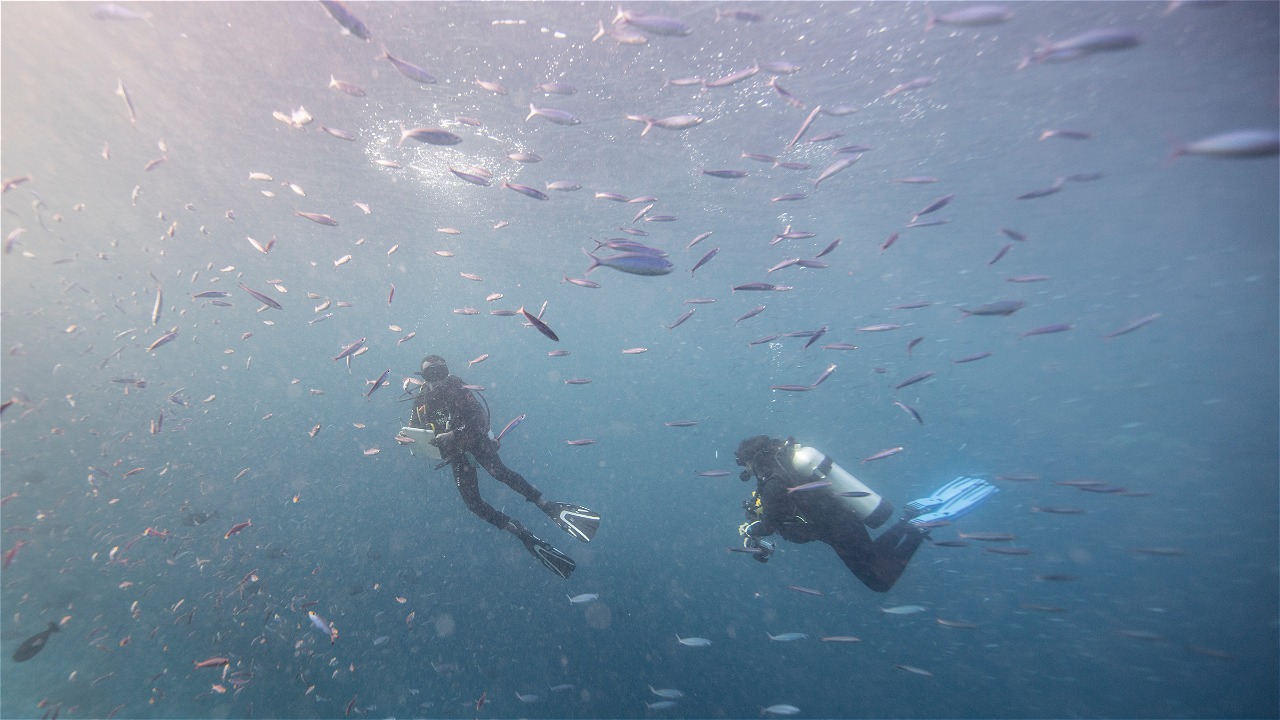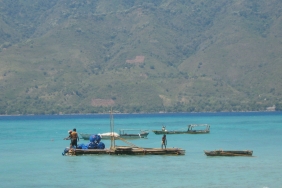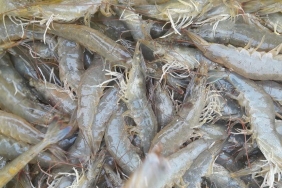UNDERWATER CLASSROOM
By: Bima Prasena (Escapade)
That day, we dived at three points around the waters of Solor Island. On the second dive, I decided to accompany Pak Rusydi (University of Muhammadiyah Kupang), a benthic researcher (creatures that live on the substrate) because this researcher is always at the very back, observing the coral reefs with the most relaxed rhythm.
I carried a macro lens that made slow motion because I had to watch every inch for the presence of miniature creatures. Irwan (WWF-Indonesia) and I were in charge of taking pictures, so we moved more freely than the rest of the team. We saw quite a lot of exotic fish such as the black tip shark (Carcharhinus limbatus) and also the blue spotted ray (Taeniura lymma). It's just a matter of looking, the speed at which they move and the camera shot can't take it, so just bite the bullet.
Mantis shrimps, anemonee fish, and various other reef fishes were a bite to eat. While waiting for the moray eel to come out of its nest to photograph its face, Mr. Rusdy called me. Communicating through writing on a slate, he invited me to photograph a coral on transect two that was of questionable genus. We walked back along the transect while rolling it.
In the middle of transect two, Mr. Rusdy stopped and signaled that we had reached the coral he was referring to. The reef was spherical, ivory-white and rough. Showing us a waterproof reef identification book, he flipped through the illustrated pages detailing one by one the types of coral in the book and signaled that none matched the reef below us.
I nodded as I looked at the book, and that's when he stopped at a picture he suspected. His finger pointed to the numerical writing of the meandering size of the coral to identify it, then he opened the backmost page which turned out to have a measuring ruler. He tapped the ruler to measure the coral that looked like a bowling ball, and I gave him an 'OK' sign to indicate that this coral was the same as the one in the book.
The book was flipped through again to make sure that there was no other coral in the picture that was similar to this bowling ball coral, we finally concluded that this coral was the genus Hydnopora.
After the previous day Mr. Rusdy and I talked about benthics, the next day he unexpectedly gave me a class in the field directly. It turns out that it is not easy to be a benthic researcher. Not just dizzy about the many types and forms of coral growth, we also have to know the Latin name, record it, and must always be prepared for any current conditions.
Being a benthic researcher is always lonely, always looking down while taking notes. But, they have a big role to see how the health of the reef ecosystem at that point, cool.





